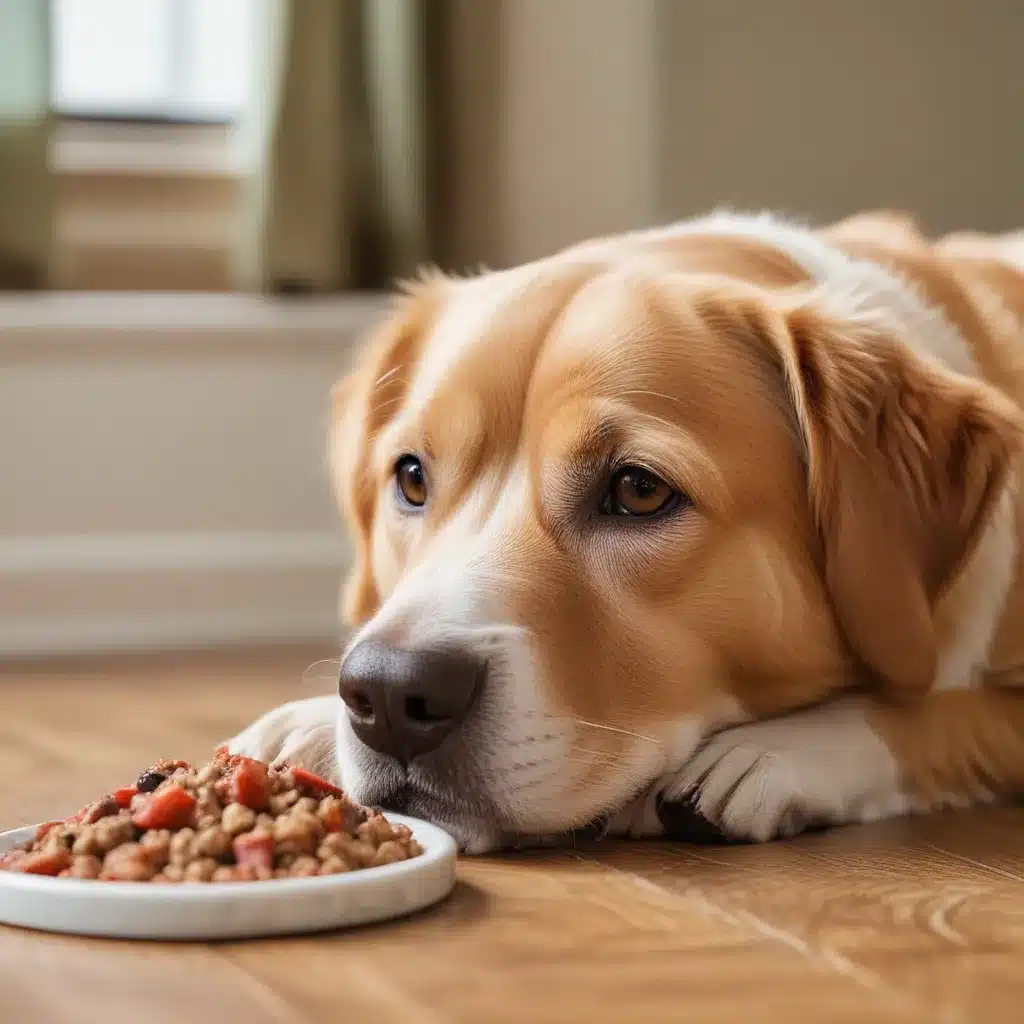
Shuffling Meals and Navigating the Golden Years
As my beloved Labrador, Winston, celebrated his 10th birthday, I couldn’t help but feel a twinge of worry. While he still brimmed with energy and enthusiasm, I knew the golden years were just around the corner. Like humans, our canine companions experience the effects of aging, and their nutritional needs can shift dramatically. That’s why I set out on a mission to ensure Winston’s transition to a senior dog diet went as smoothly as possible.
Acknowledging the Changes
It’s a common misconception that simply slapping the “senior” label on a dog food means it’s the perfect fit for your aging pup. The truth is, our four-legged friends are individuals, just like us. According to the experts at Tufts University, the aging process can vary widely depending on a dog’s breed, genetics, and overall health. That means your spry senior may not need the same dietary adjustments as your neighbor’s elderly couch potato.
As I learned more, I realized that transitioning Winston to a senior diet was about more than just finding a bag with “senior” written on it. It required a deep dive into his specific needs, health conditions, and lifestyle. After all, the goals were twofold: to prevent or manage any age-related diseases and to help him live his best life for as long as possible.
Navigating the Senior Dog Food Aisle
Strolling down the dog food aisle, I was met with a dizzying array of options, all claiming to be the perfect fit for senior pups. PetMD explained that senior dog foods can vary widely in their nutrient profiles, with some containing lower protein or phosphorus levels to address common age-related issues like kidney disease.
I knew I couldn’t simply grab the first “senior” label I saw and call it a day. Winston’s needs had to be the top priority. So, I turned to my trusted ally, his veterinarian, for guidance. Together, we reviewed his health history, discussed any emerging conditions, and decided on the essential nutrients he would need to thrive in his golden years.
A Gradual Transition
Once I had the green light from the vet, I knew the next step was to ease Winston into his new diet. The American Kennel Club advised that abruptly switching a dog’s food could lead to gastrointestinal upset, so I had to tread carefully.
I started with a slow and steady approach, mixing increasing amounts of the new senior dog food into Winston’s familiar meal. Over the course of a week, I gradually transitioned him, keeping a close eye on his appetite, energy levels, and – most importantly – his stool quality. Thankfully, Winston took to the new diet without a hitch, and I breathed a sigh of relief.
Embracing the Journey
As Winston settled into his senior dog food, I couldn’t help but reflect on how far we’d come. PetMD had warned that dietary changes can be tricky, but with patience and vigilance, we navigated the transition with ease.
Now, as Winston bounds through the park, chasing squirrels with the enthusiasm of a puppy, I know that our careful approach to his diet has paid off. He’s thriving, and I’m grateful to have him by my side for many more adventures to come.
If you’re embarking on a similar journey with your own senior pup, remember that it’s a process – one that requires a deep understanding of your dog’s unique needs. By working closely with your veterinarian and taking a gradual approach, you can help your furry friend transition to a diet that supports their golden years with grace and vitality.
And who knows, maybe you’ll even find yourself chasing a few squirrels together, just like Winston and I. After all, age is just a number when you have the right fuel powering your adventures.
Visit ihavedogs.com to learn more about caring for your senior dog and exploring the world by their side.

